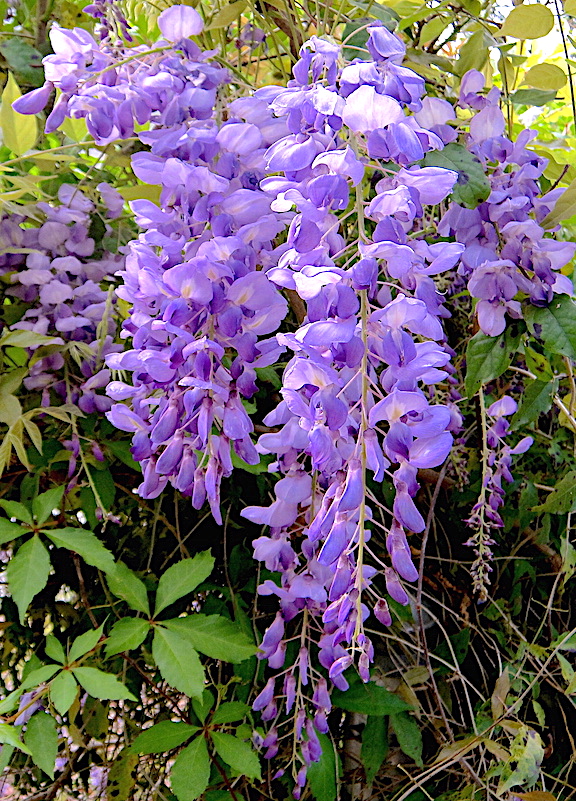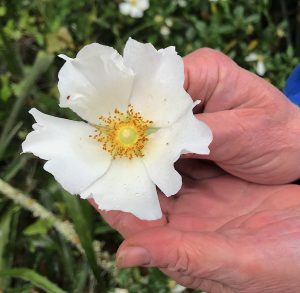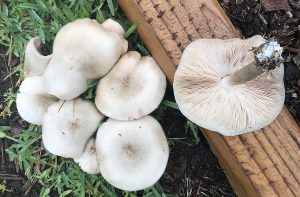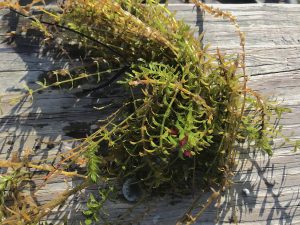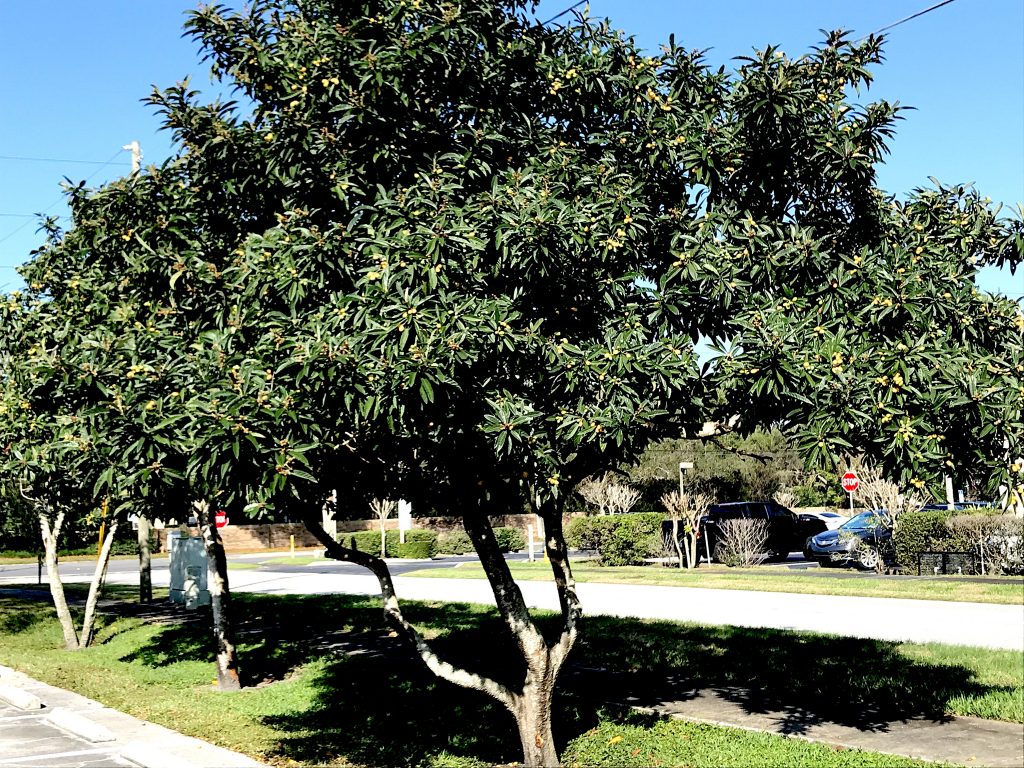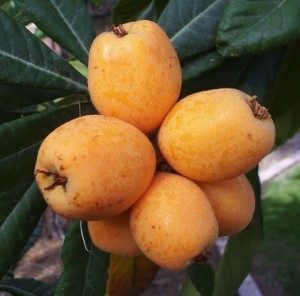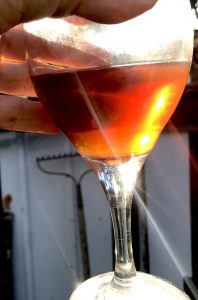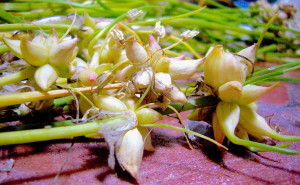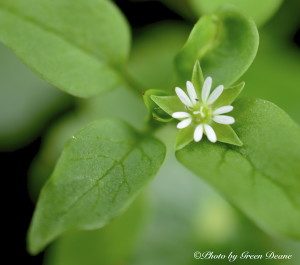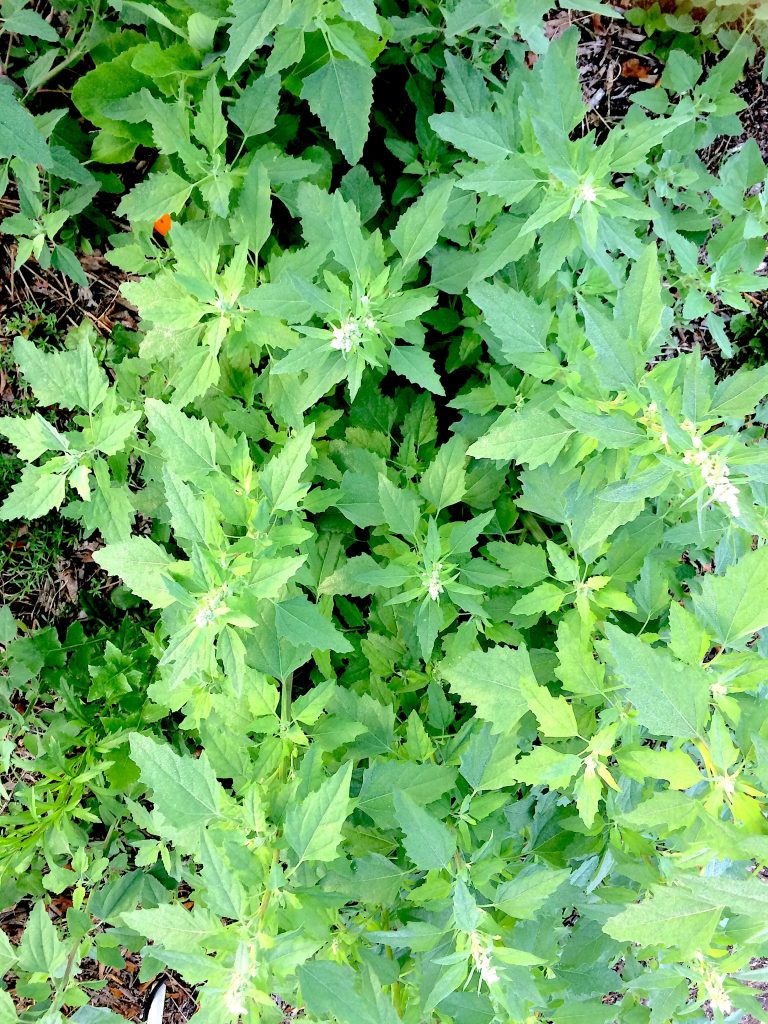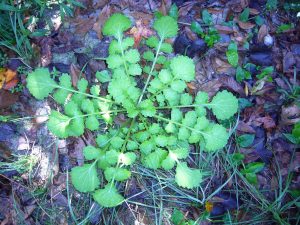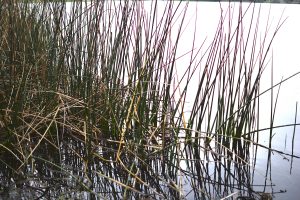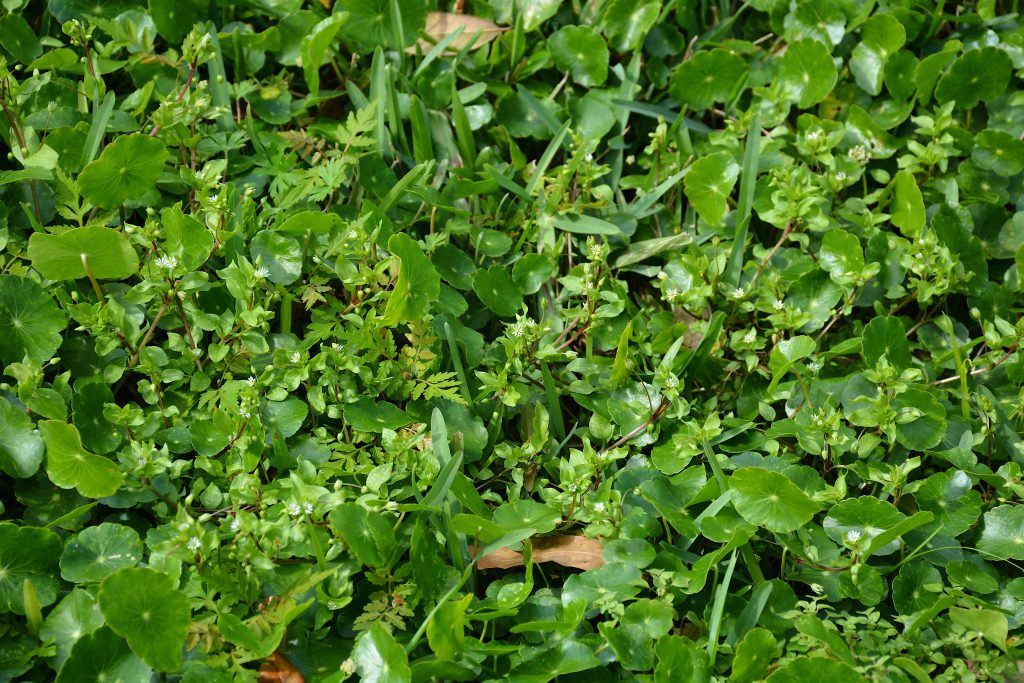The Crataegus Clan: Food & Poison
The very first Hawthorn I ever saw — and the only one I knew for quite a while — grew on the other side of the dirt road that ran by our house in Pownal, Maine.
This Hawthorn was very old. They can live to at least 400 years. It’s gone now — road widening — and I never knew which Hawthorn it was but that’s not unusual with this species. Experts today can’t agree if there are 200 species of Hawthorns or 1,000. The genus has a lot of variability. What I remember most clearly was its huge thorns, most about two inches long. It also had several families of birds in it each year. Few predators were going to brave those thorns.
Twenty-feet tall with a crown equally wide, it grew on high ground right at the intersection of two pastures, a very fitting place. Haw means hedge and indeed Hawthorns were used as hedges. In fact, in 1845 England pass the General Enclosures Act allowing Hawthorns to be used as hedges to mark off land. That caused a lot of irritation because until then folks could go wandering from hill to dale at will without obstructions. It took another 150 years or so for England to pass a “right to roam act” allowing people more access to such land. Let it not be said that England does not correct bad laws, it may just take a century or two.
The other thing that intrigued me as a kid growing up by the tree was that the writer Nathaniel Hawthorne had the same name as the tree. I’ve never met a Mr. Catalpa, Mrs. Hackmatack, or Ms. Oak. Truth be known that author’s family name was Hathorne. But, one of his ancestors was a judge in the Salem Witch Trials. The speculation is Nathaniel change the spelling of his last name to distance himself from that infamous incident. Indeed, just as he had an ancestor who judged “witches” at the trial I had an ancestor convicted at the trials for witchcraft and hanged (Susannah North Martin.) Over the years I have met a few Pynes, Apples and one Dr. Maples (the forensic anthropologist who identified Pizarro’s remains and those of the Russian royal family. We met under unusual circumstances. If you want to know, email me. He wrote “Dead Men Do Tell Tales.”)
The first thing you need to know about the Hawthorn berries is you should not eat the seeds. They contain cyanide bonded with sugar, called amygdalin. In your gut — actually small intestine — that changes to hydrogen cyanide and can be deadly. You can cook the berries then discard the seeds, but don’t eat the seeds. I recently saw a recipe on the internet that called for using hawthorne berries whole. Clearly that cook never made that pie, or if she did, only once. Don’t eat Hawthorne seeds. If you eat the raw berries spit the seeds out. If an adult mistakenly eats one or two seeds they aren’t deadly but they could be to a child. The seeds are best avoided. Very young spring leaves — called Bread and Cheese — can be a trail side nibble as well as the flower buds or young flowers. Mature flowers should be avoided or any part that smells like almonds when crushed.
The claim to fame for Hawthorn berries is they are high in pectin, so they have been added to other fruits to make jelly as the Hawthorn itself often has little apparent taste. However some Hawthorns are tasty enough in their own right to be made into jelly. Should civil society end and you want to make jelly, the Hawthorn berry is your friend. Just ripe berries have the most pectin and over ripe berries the least.
At least one Hawthorn’s berries (those of the Crataegus monogyna, the one-seed Hawthorn) can be made into a no-cook jelly. If you have the-one seeded Hawthorn here’s the formula with thanks to Ray Mears and Professor Gordon Hillman. If it doesn’t work you can always cook it, add pectin and make jelly. I would suspect this was how jelly was discovered.
Put the berries in a bowl and quickly crush them thoroughly with your hands. The resulting liquid should be about the consistency of pudding just before it sets. It should be that consistency naturally. If you’ve had a dry year add some water to get to that consistency. Work quickly. Squeeze the seeds out of the berries then quickly filter the thick slurry into a bowl. In about five minutes the liquid will jell. Flip it over onto a plate. It can be eaten as is or sliced or sun dried. It will be sweet and will last for many years. Remember just ripe berries have more pectin that over-ripe berries. To see a video on this go here.
Crataegus monogyna is native to Britain and Europe but is naturalized in the United States and Canada. It can be found north and east of Tennessee, up the west coast from California to Alaska, as well as in Utah, Montana and Arkansas. Local and regionally known Hawthorns are C. aestivalis (commonly known as the May Haw. The only tree I’ve tried to raise that died) C. anomala, C. arnoldiana, C. calpodendron, C. canadensis, C. chysocarpa, C. coccinoides, C. columbiana, C. crus-galli, C. dispessa, C. douglasii, C. flava, C. intricata, C. marshallii, C. mollis, C. oxycantha, C. phaenopyrum, C. pulcherrima, C. pringlei, C. pruinosa, C. pubescens, C. rivularis, C. spathulata, C. submollis, C. succulenta, C. uniflora, and C. viridis. All but the C. phaenopyrum, C. pulcherrima and C. viridis are know to have been used as food. There are no “poisonous” Hawthorns except for the seeds. Many Hawthorns, while not poisonous, are not palatable. Some improve with cooking. The genus has many medicinal uses and is known for its heart support and is actually a beta blocker. Herbalist recommend one teaspoon of leaves or berries (minus seeds) or blossoms seeped in a cup of water twice a day.
Crataegus (krah-TEE-gus) comes from the Greek word Krataigos, which was the ancient name used by Theophrastus (372-287 BC) for a flowering thorn. Kratus means strong — the wood is tough — and akakia or akis, thorn. Monogyna ( mon-NO-gy-nuh) means one seed. I don’t know if there is any connection but most Greeks with a surname that end in -akis comes from or had ancestors who came from Crete.
Hawthorn Schnapps
Stalkless berries from Crataegus monogyna or Crataegus laevigata are usually recommended. Direction: Rinse the Hawthorn berries and leave them to dry off. Fill 2/3 of a clean glass jar with berries. Cover with clear, unflavored vodka. Close the jar with a tight-fitting lid. Let the berries steep for 5-6 weeks in a dark place at room temperature, 64-68°F. Shake lightly from time to time. Strain and filter into a clean glass bottle or jar with tight-fitting lid. Age for a couple of months in a dark place at room temperature before serving.
Haw sauce
* 1½ Lb stalkless Hawthorn berries
* ¾ pint vinegar of your choice
* 4 oz sugar
* Salt to taste, optional, some use up to one ounce of salt
* 1 tsp freshly ground black pepper
Wash berries. Put in pan with vinegar and cook gently for 30 minutes. Press the pulp through sieve, return to the pan with sugar and seasonings. Boil for 10 minutes. Bottle and seal.
Hawthorn Berry Soup
One pound of stalkless Hawthorn berries
1/2 cup water
Half a pound of sugar (more or less if you like)
2 cinnamon sticks
Pinch of chili flakes or powder (optional)
Add the Hawthorn berries to a pot with the water. Bring to a gentle simmer, cover the pot tightly, cook for 30 minutes. Allow to cool, pass through a sieve (throw away the seeds). Transfer the sauce to a pan, add the sugar, cinnamon sticks and chili flakes or powder (if using). Cook until the sauce thickens sufficiently and serve.
Here is Euell Gibbon’s Recipe for Hawthorn Jelly:
To make Haw Jelly, crush three pounds of the fruit, add four cups of water, bring it to a boil, cover and let it simmer for 10 minutes, then strain the juice through a jelly bag and discard the spent pulp, seeds, and skins. If red haws are not too ripe, they will furnish ample pectin for jelly making, but if they are very ripe, add one package powdered pectin to the strained juice. We felt our juice could stand more acid, so we added the juice of two lemons. We put just four cups of this juice in a very large saucepan and brought it to a boil, then added seven cups of sugar and very soon after it came to a boil again, it showed a perfect jelly test.
Hawthorn Berry Catsup, from GatherVictoria.com
Ingredients
-2 cups hawthorn berries
-1/4 cup apple cider vinegar
-1/4 cup of water
– however much sugar or honey you want
-1/3 cup black cherry juice (optional but recommended)
-1/2 tsp sea salt (or as you like)
-Freshly ground black pepper or pinch of cayenne
Instructions
1. Remove the berries from their stalks then rinse in cold water.
2. Place in large saucepan, adding the vinegar and water. Gently bring to boil and simmer for about 25 minutes until the skins start to split.
3. After cooling, push the mixture through a sieve or pass through a food mill to remove the pits (seeds.).
4. Return the mixture to the pan, adding your sweeteners, and slowly heat, stirring frequently. Add spices or flavorings.
5. Bring to a low boil, then simmer for a further 5 -10 minutes, until the sauce thickens and becomes slightly syrupy.
6. Remove from heat, then add, little bit at a time, the black cherry juice, stirring until you find just the right consistency and thickness you prefer in your ketchup. (Remember the sauce will thicken once cooled.
7. When happy with your result, pour the ketchup into sterilized bottles. Refrigerate and use within 3 months.
Green Deane’s “Itemized” Plant Profile
IDENTIFICATION: A medium-sized deciduous tree, 15 to 30 feet tall, branches slightly pendulous if not erratic. Leaves greatly varied, with C. monogyna they are simple, lobed, serrated at lobe tips, alternating to three inches long. Flowers small and white, bloom in late spring, five petals. Fruit a red pome with one seed, other species have multiple seeds. Long thorns on stems. Bark resembles an apple tree.
TIME OF YEAR: Autumn
ENVIRONMENT: Prefers moist fertile soil and full sun. Make a good landscape tree.
METHOD OF PREPARATION: Out of hand (do not eat seeds.) Can be used to make jelly or as pectin for other fruits. Can be made into a sauce for cooking, or used to flavor alcohols.
Herb Blurb
Herbalists say two teaspoons of leaves or seedless berries (or both) made into a tea twice a day is an effective beta blocker and lower blood pressure.

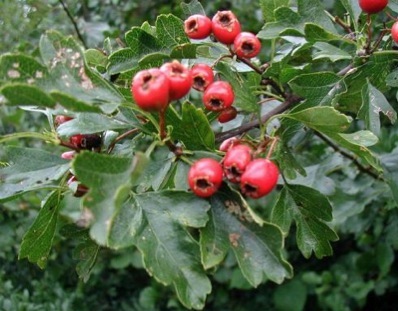

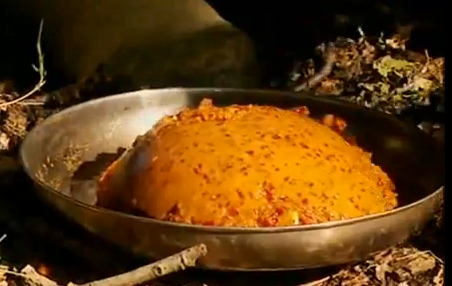
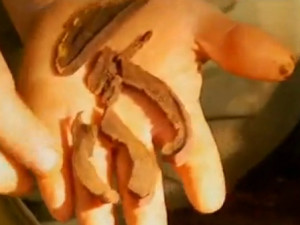
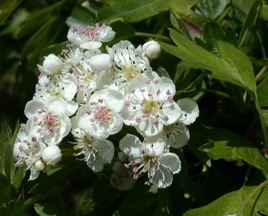
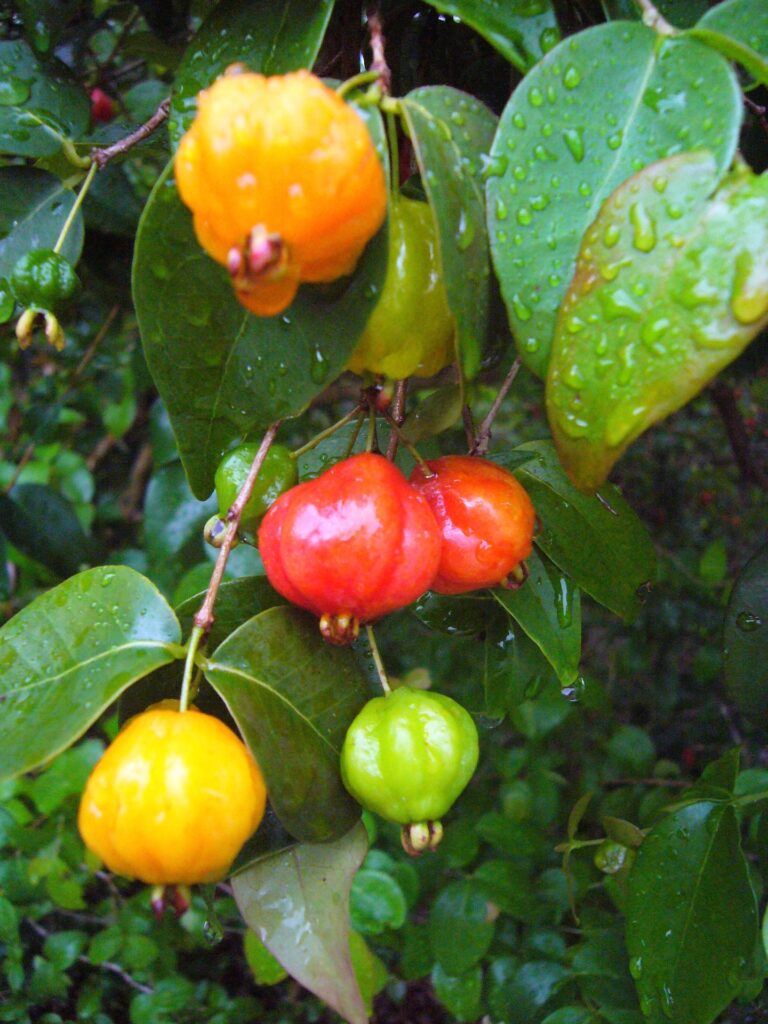
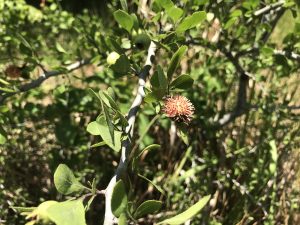
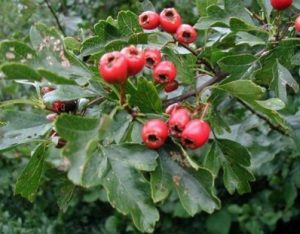
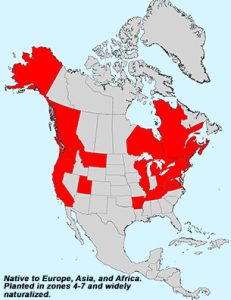
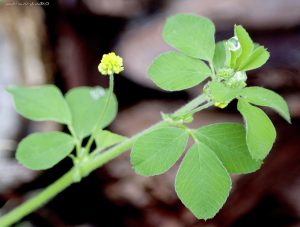
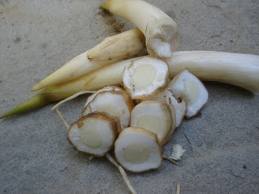 If you were starving and came upon a patch of
If you were starving and came upon a patch of


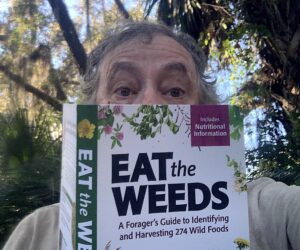
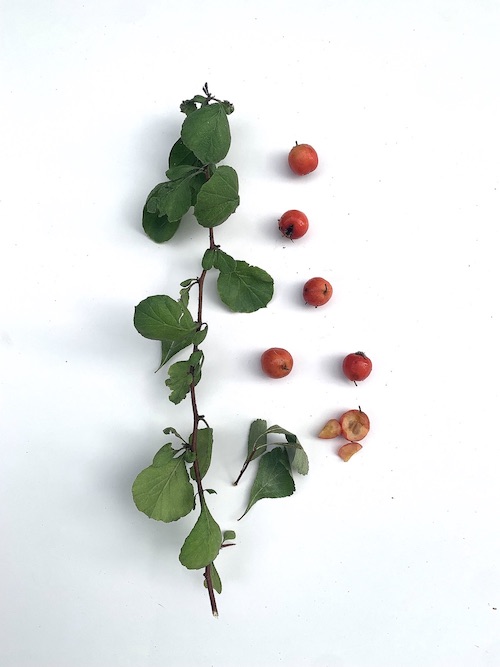

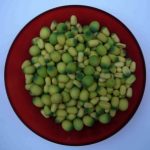
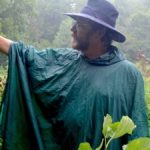
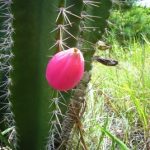
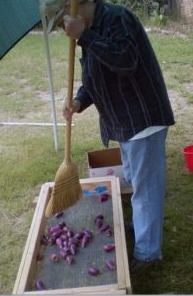
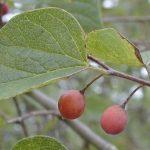
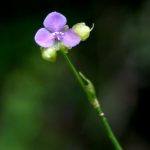
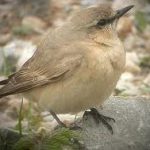
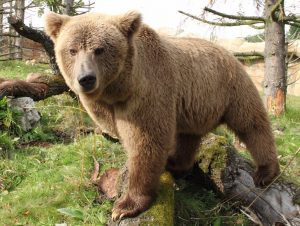
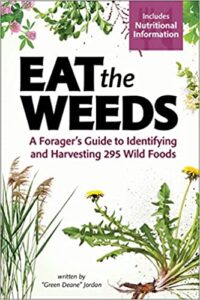 Now being printed is EatTheWeeds, the book. It should have 275 plants, 350-plus pages, index and color photos. Several hundred have been preordered on
Now being printed is EatTheWeeds, the book. It should have 275 plants, 350-plus pages, index and color photos. Several hundred have been preordered on 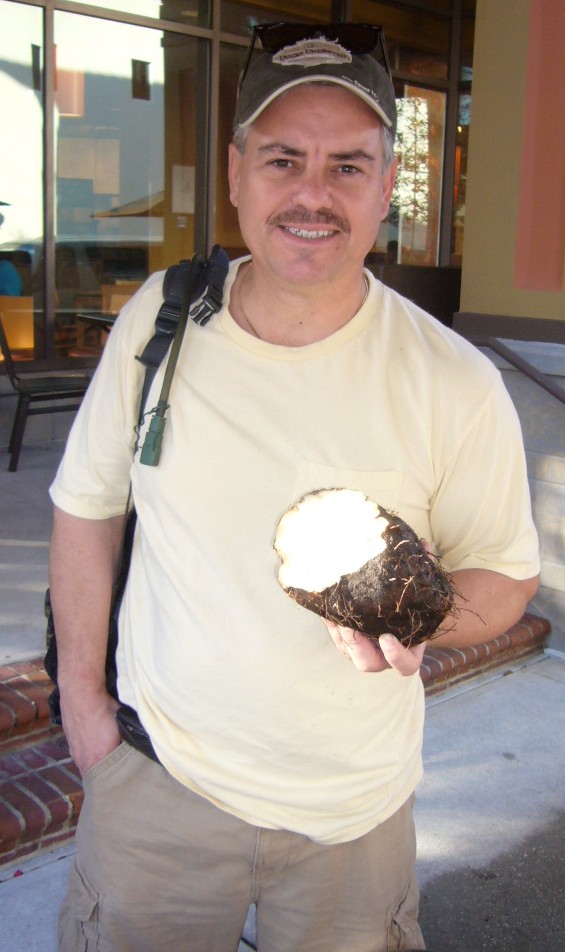
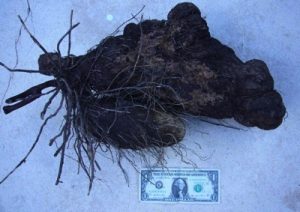


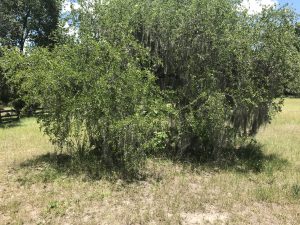

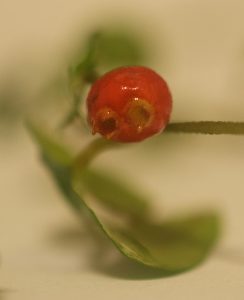
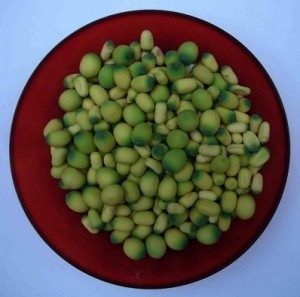

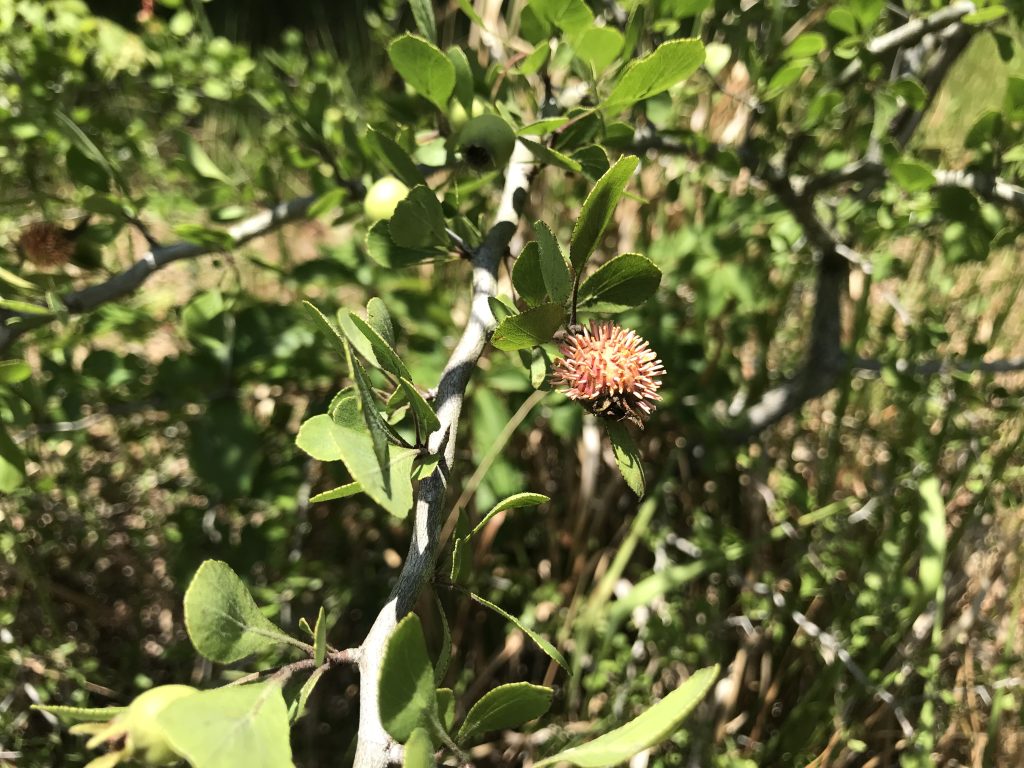
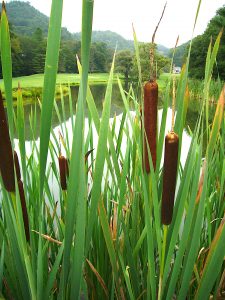
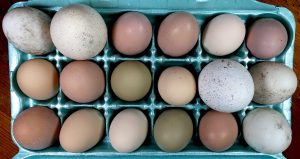
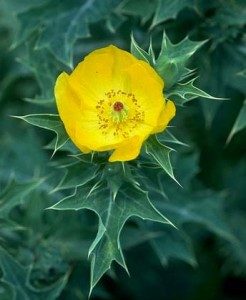
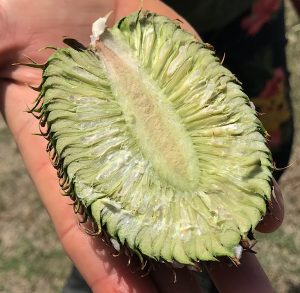
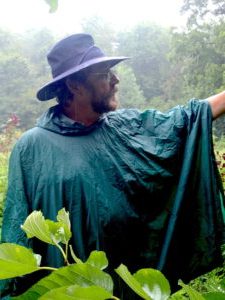
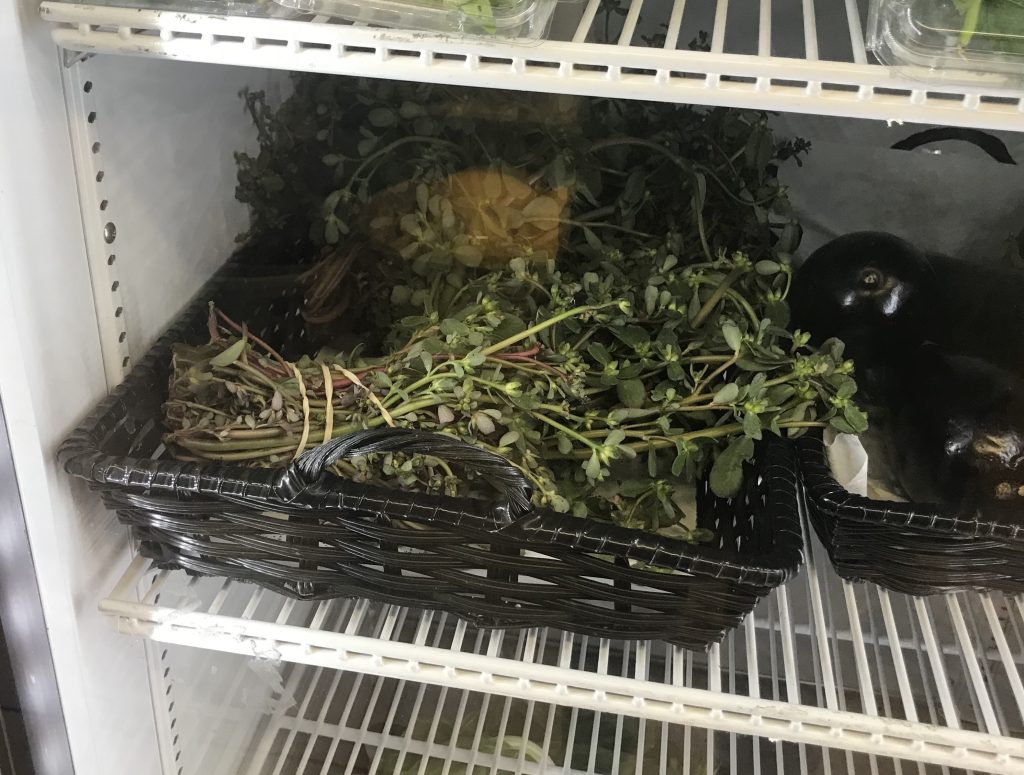
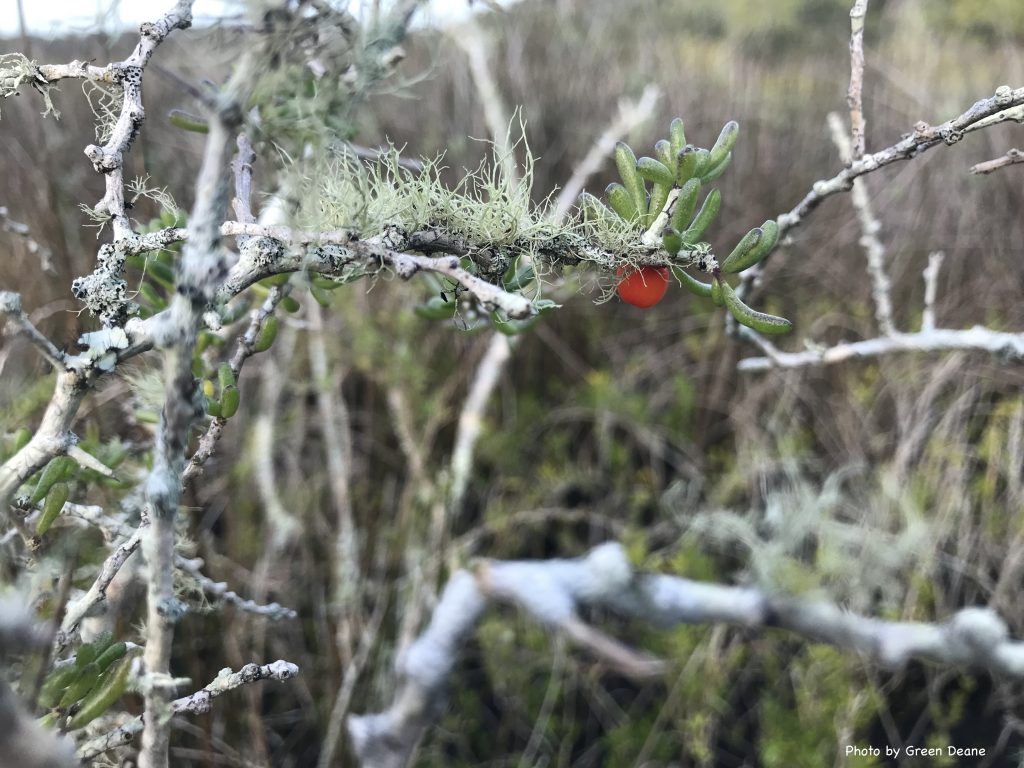
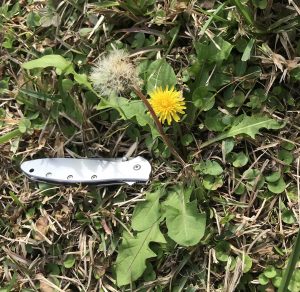
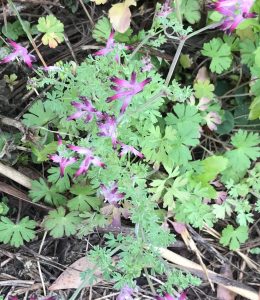
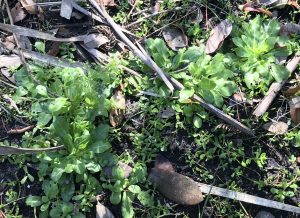
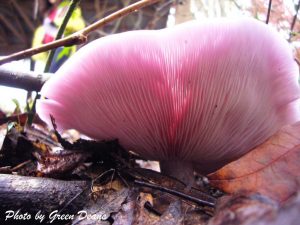
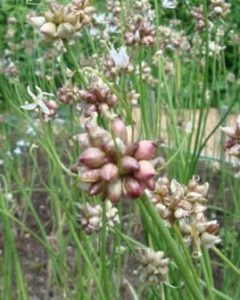

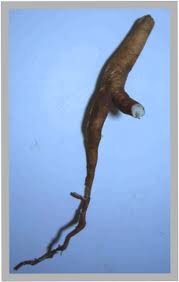
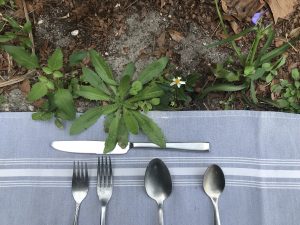 The exchange led me to wonder what was missing? Or better still, what is, as they used to say, the operant factor? That factor is for most people food comes from a quick stop shop or a grocery store. most people don’t cook any more let alone forage or raise food. In that way of thinking food does not come out of the ground in your suburban back yard. Even gardeners are viewed as a throwback and a tad eccentric. Here is someone who has a replenishing pantry of a staple crop that must be gotten rid of. Those spurge nettle roots easily could represent hundreds of pounds of wholesome, tasty, food most of the year that does not have to be purchased or stored. Perhaps it’s time to consider a different approach: Train the dog and kids to stay away from the plants,the stinging plant is doing its best but it’s not enough. To read about the spurge nettle
The exchange led me to wonder what was missing? Or better still, what is, as they used to say, the operant factor? That factor is for most people food comes from a quick stop shop or a grocery store. most people don’t cook any more let alone forage or raise food. In that way of thinking food does not come out of the ground in your suburban back yard. Even gardeners are viewed as a throwback and a tad eccentric. Here is someone who has a replenishing pantry of a staple crop that must be gotten rid of. Those spurge nettle roots easily could represent hundreds of pounds of wholesome, tasty, food most of the year that does not have to be purchased or stored. Perhaps it’s time to consider a different approach: Train the dog and kids to stay away from the plants,the stinging plant is doing its best but it’s not enough. To read about the spurge nettle 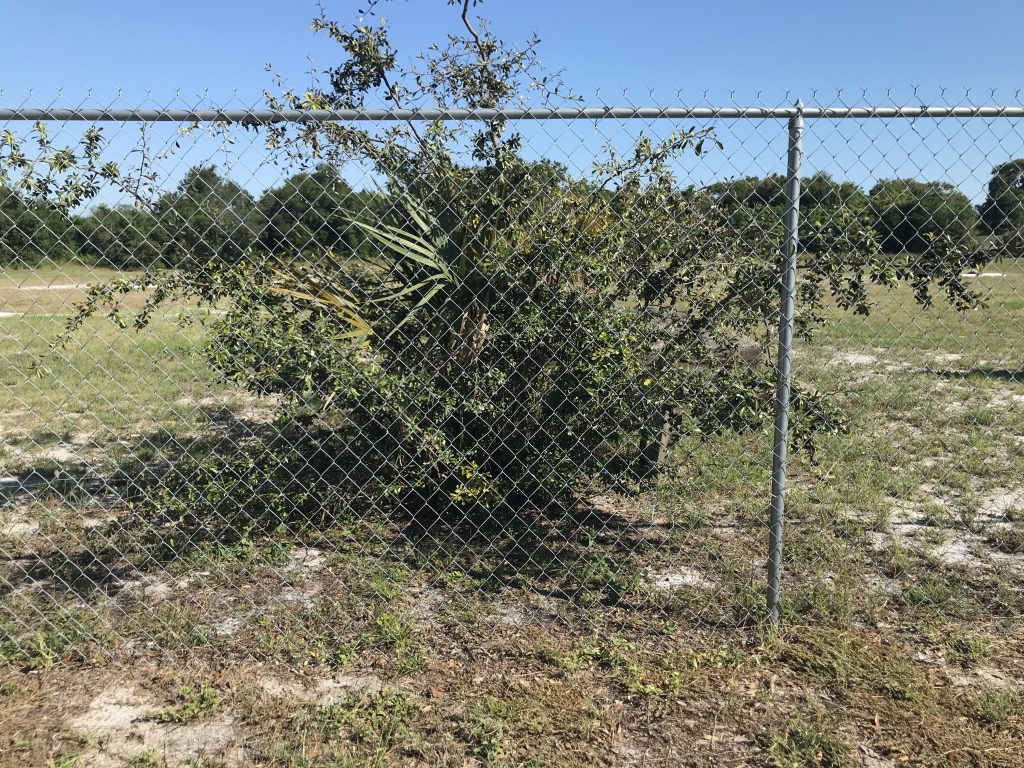
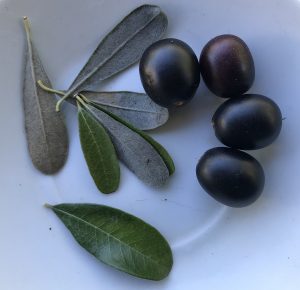
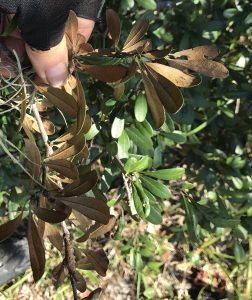
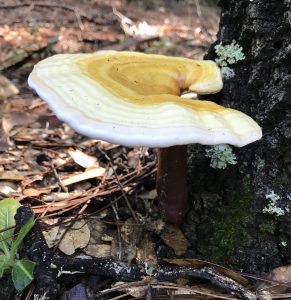
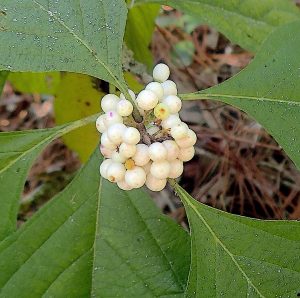
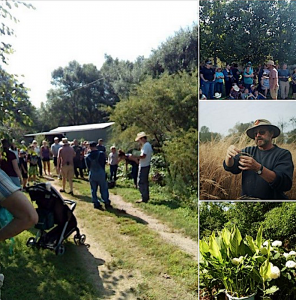
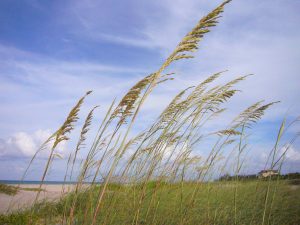
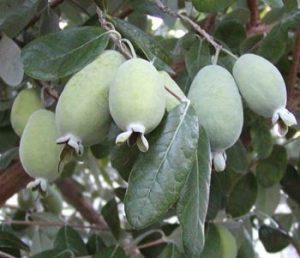
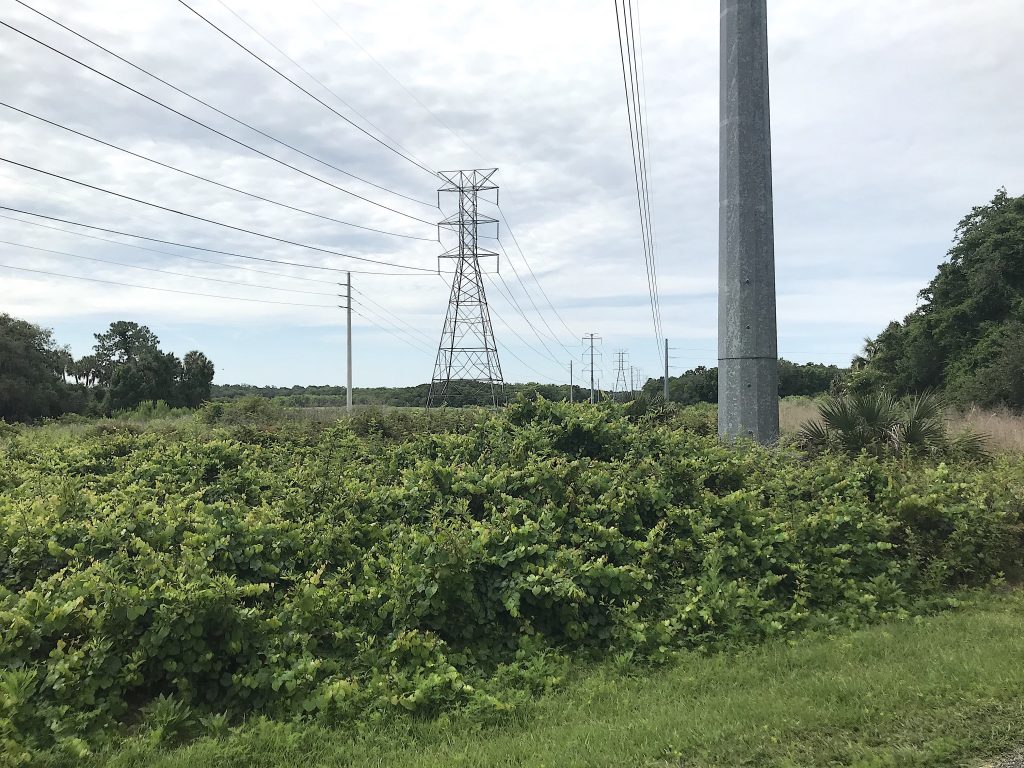
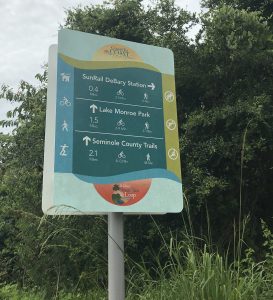
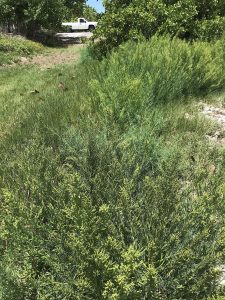
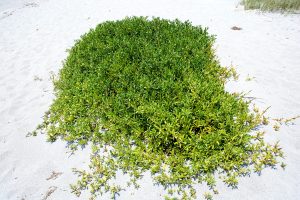
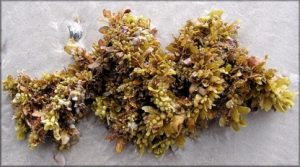
 Your donations to upgrade the EatTheWeeds website and fund a book were appreciated. A book manuscript has been turned it. It had 424 articles, 1325 plants and a third of a million words. What it will be when the publisher is done with it next year is unknown. It will be published in the spring of 2023. Writing it took a significant chunk of time out of my life from which I have still not recovered. (Many things got put off.) The next phase is to update all the content on the website between now and publication date. Also note as it states above the 135-video DVD set has been phased out for 150-video USB. Times and formats change. Which reminds me I need to revisit many plants and make some new videos.
Your donations to upgrade the EatTheWeeds website and fund a book were appreciated. A book manuscript has been turned it. It had 424 articles, 1325 plants and a third of a million words. What it will be when the publisher is done with it next year is unknown. It will be published in the spring of 2023. Writing it took a significant chunk of time out of my life from which I have still not recovered. (Many things got put off.) The next phase is to update all the content on the website between now and publication date. Also note as it states above the 135-video DVD set has been phased out for 150-video USB. Times and formats change. Which reminds me I need to revisit many plants and make some new videos. 